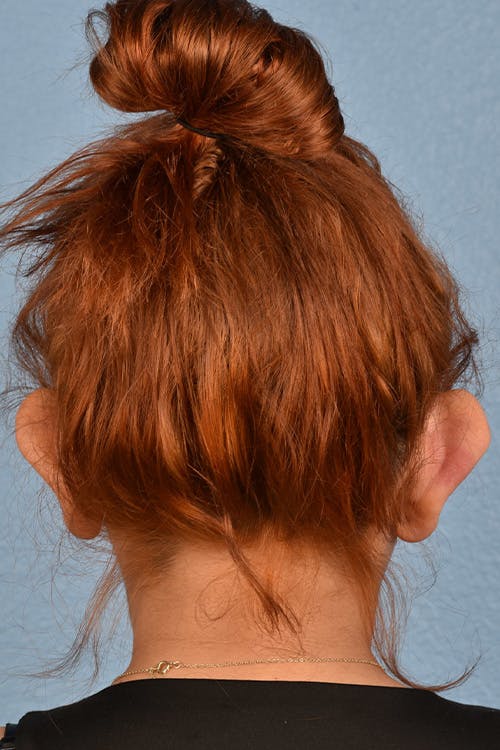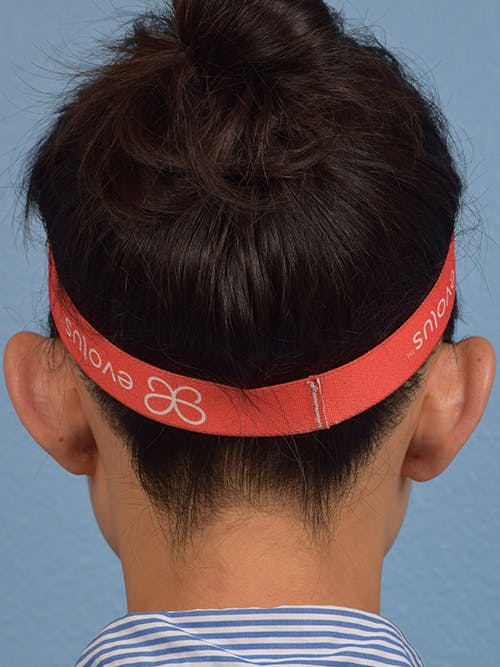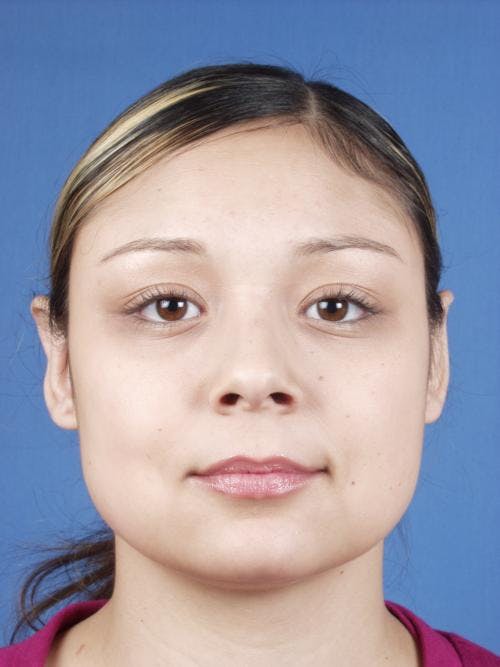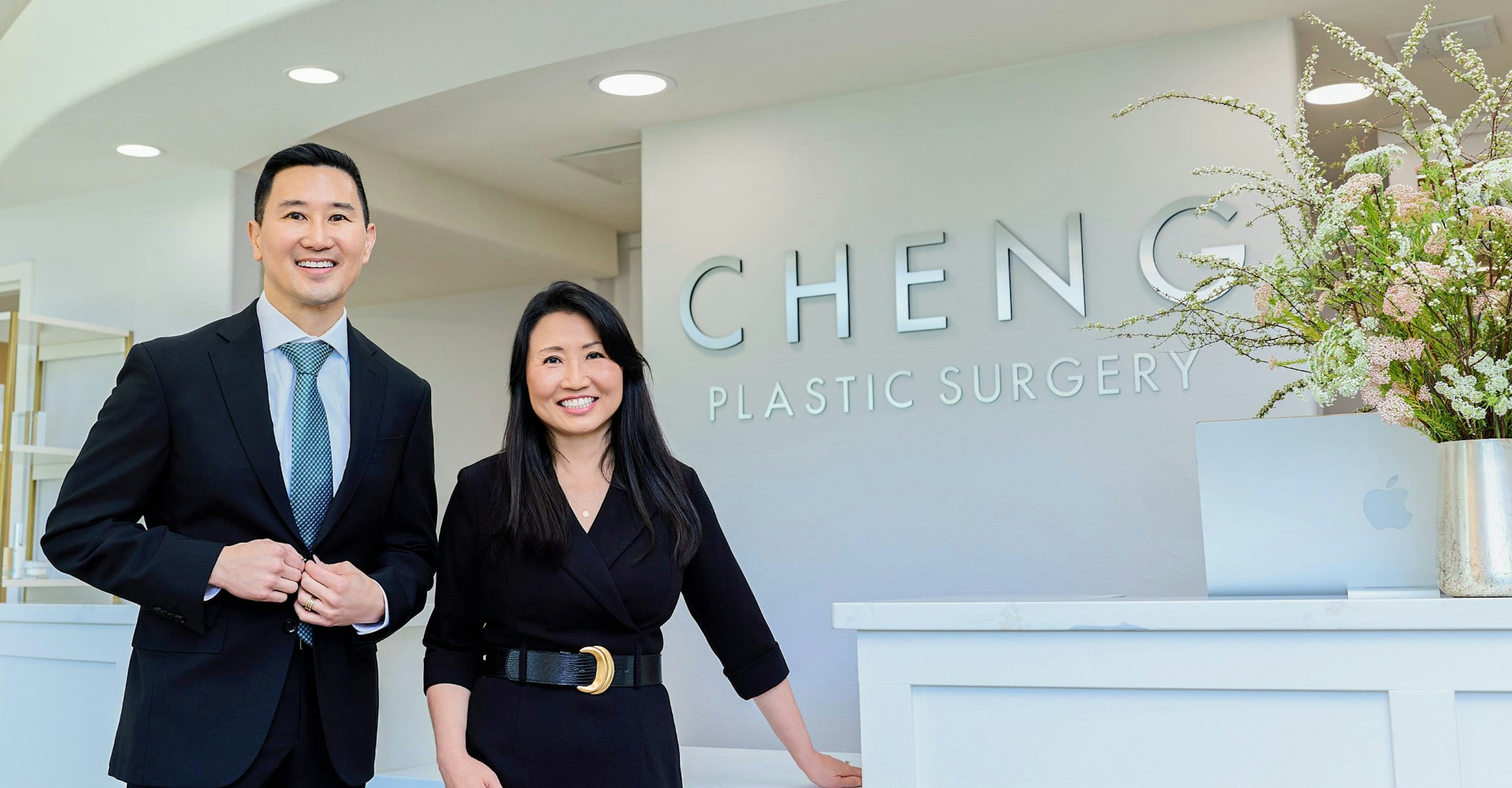If you’re unhappy with the appearance of your ears, whether they are too prominent, in a position you don’t like, or you regret past piercings, our ear surgery in San Jose can effectively resolve your concerns, with minimal risk or downtime.
Who Is A Candidate for Ear Surgery?
Ear surgery is for men and women whose ears are concerning them, and who would like to improve the appearance of their ears or earlobes. Ideal candidates should meet the following requirements:
- Are generally in good health
- Do not smoke
- Have realistic expectations about what ear surgery results
- Do not have a history of severe scarring
















